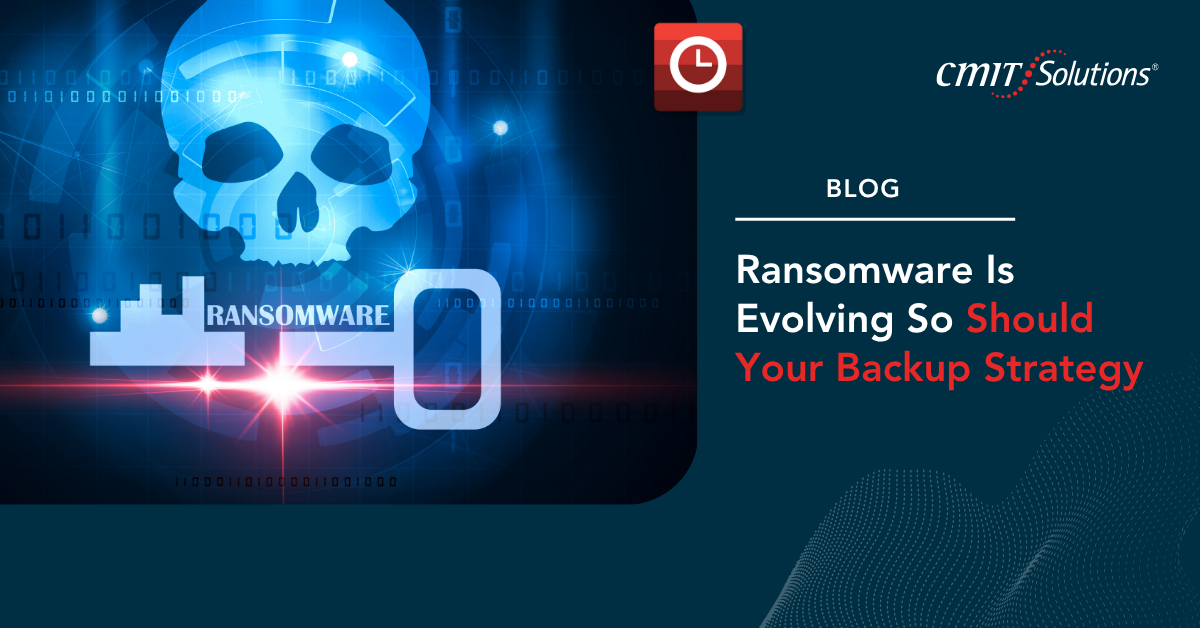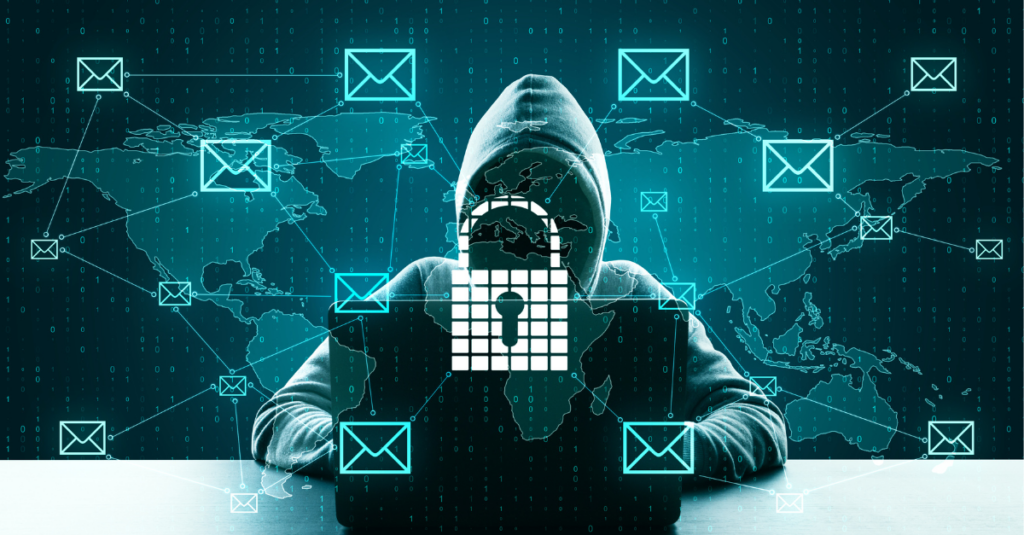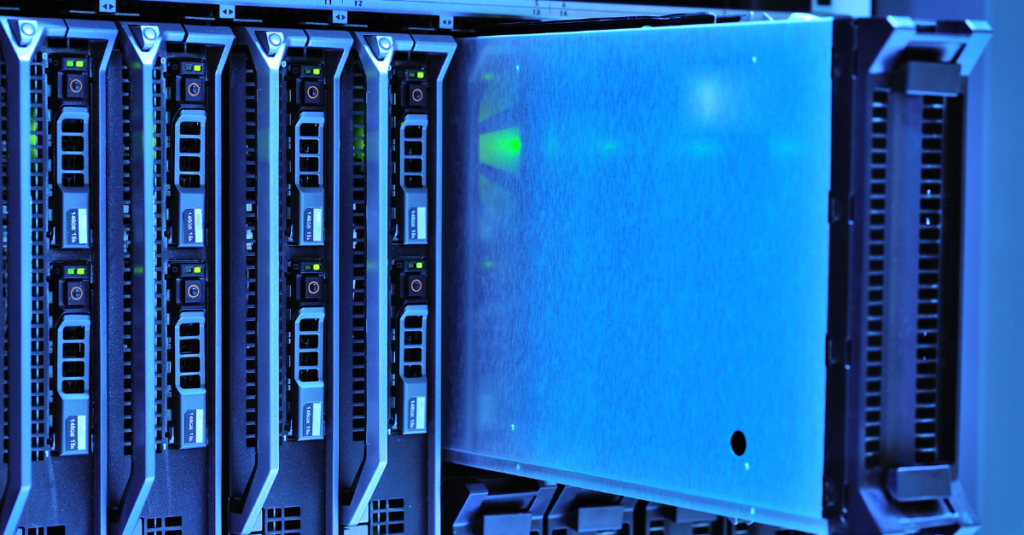Introduction: A New Era of Ransomware Threats
In recent years, ransomware has moved from a niche threat to one of the most significant cybersecurity risks facing businesses today. Once defined by crude “encrypt and demand” attacks, modern ransomware campaigns are now sophisticated, patient, and highly targeted. They’re operated by well-funded cybercriminal groups that use ransomware not just to disrupt—but to extort, exfiltrate, and destroy.
And while firewalls and antivirus solutions are critical defenses, one security principle remains paramount in the ransomware fight: a resilient, intelligent backup strategy. But with ransomware adapting to target backups directly, traditional backup models are no longer sufficient.
To stay ahead, businesses across Bothell and Renton must evolve their data protection game—and CMIT Solutions of Bothell and Renton is here to help.
The Evolution of Ransomware: Smarter, Stealthier, More Devastating
Once upon a time, ransomware was easily detectable. Malware would encrypt a system’s files and display a flashing message demanding Bitcoin in exchange for decryption keys.
But today’s ransomware:
- Lurks undetected for weeks, waiting to strike when most damaging
- Steals sensitive data before encrypting it—adding a layer of blackmail
- Targets backup files and repositories to eliminate recovery options
- Uses AI and automation to evade detection and move laterally through networks
These threats are especially potent for SMBs that often lack enterprise-scale defenses or assume backups alone are a safety net.
CMIT helps businesses deploy multi-layered cybersecurity strategies that include endpoint protection, employee training, and intelligent backup architecture.
Why Legacy Backups Fail Against Modern Threats
Traditional backup methods—external hard drives, local servers, or file-syncing apps—may seem convenient, but they are deeply vulnerable in the modern threat landscape.
Common weaknesses of outdated backup strategies include:
- Backups stored on the same network as the primary data
- No encryption or versioning
- Lack of multi-site redundancy
- Infrequent or manual backup processes
- No immutable backup copies
- No test or recovery drills
In many ransomware cases, businesses with backup systems still end up paying the ransom because their backups were infected, incomplete, or inaccessible.
Explore why most backups fail and how CMIT helps fix that with a modern, managed approach.
The Anatomy of a Modern Backup Strategy
To survive a ransomware attack, your business needs more than “a backup.” You need a strategy that is:
- Automated to avoid human error
- Encrypted to block unauthorized access
- Isolated so backups can’t be accessed from compromised networks
- Immutable so backups can’t be altered or deleted
- Tested regularly to ensure data can be restored quickly
CMIT’s disaster recovery solutions are built with ransomware in mind—ensuring continuity, minimizing downtime, and eliminating extortion leverage.
The Role of Managed Services in Ransomware Defense
A reactive approach is no longer enough. Ransomware doesn’t sleep, and your IT shouldn’t either. That’s why managed IT services play such a crucial role in modern cybersecurity and backup strategy.
With 24/7 monitoring, routine updates, strategic guidance, and response automation, CMIT’s proactive IT support helps businesses avoid costly downtime and data loss.
Their experts help configure:
- Network segmentation
- Endpoint Detection and Response (EDR)
- Cloud-based immutable storage
- Regular restore testing
- Compliance-aligned backup policies
Learn more about why small businesses need proactive MSPs in the face of rising ransomware threats.
Ransomware and Compliance: A Risky Intersection
For industries governed by strict regulations—such as healthcare, finance, and law—the consequences of ransomware go beyond lost files. They include:
- Violations of HIPAA or PCI-DSS
- Breach reporting requirements
- Hefty regulatory fines
- Loss of customer trust and business
CMIT helps businesses in these industries achieve peace of mind by aligning backup systems with compliance frameworks. With encrypted backups, access logs, and data integrity tools, clients can confidently survive ransomware attacks without breaking the law.
The Cloud’s Role in Ransomware-Resilient Backups
Cloud services provide flexibility, scalability, and security that traditional backup systems lack. But not all cloud solutions are equal. CMIT designs cloud-first infrastructures that:
- Automatically replicate backups across geographies
- Provide immutable storage snapshots
- Integrate with real-time monitoring platforms
- Encrypt data in transit and at rest
- These systems not only prevent ransomware from succeeding—they make recovery seamless and fast.
Educating Teams: The First Line of Defense
Even the best backup system fails if your team clicks a malicious link or opens a fake invoice. That’s why cyber hygiene and training are essential components of a ransomware defense plan.
CMIT offers educational programs for SMBs that teach:
- Email threat recognition
- Password management best practices
- Device usage policies
- Incident reporting protocols
And through platforms like Microsoft Intune, businesses can enforce mobile device compliance automatically across hybrid teams.
Protecting Email: A Critical Layer of Ransomware Defense
Email remains the number one delivery method for ransomware attacks. From fake invoices to spoofed CEO requests, phishing emails bypass spam filters and prey on distracted users.
CMIT implements enterprise-grade email security solutions that block malicious attachments, scan links, and analyze email metadata to prevent compromise.
Combined with a modern backup system, these tools form an airtight defense against ransomware extortion.
Intelligent Monitoring: Detecting Ransomware Before It Strikes
Modern ransomware often operates silently—scanning your systems, escalating privileges, and mapping your network before launching a full attack.
That’s why SIEM solutions, EDR tools, and real-time monitoring are essential to ransomware defense.
CMIT leverages tools like Microsoft Sentinel to:
- Detect suspicious activity early
- Automate threat responses
- Lock down accounts
- Quarantine infected devices
These tools work alongside backup systems to ensure that even if a breach occurs, your data can’t be held hostage.
Final Thoughts: Don’t Back Up—Back Smart
Ransomware isn’t going away—it’s evolving. And while no single solution can guarantee immunity, a resilient, intelligent, and tested backup strategy can mean the difference between a devastating loss and a minor disruption.
CMIT Solutions of Bothell and Renton helps local businesses back up smart—with cloud-based redundancy, real-time monitoring, employee training, and proactive managed services that guard against even the most advanced threats.
Are your backups ready for the next ransomware wave? Contact CMIT Solutions of Bothell and Renton today for a comprehensive backup audit and security review.







